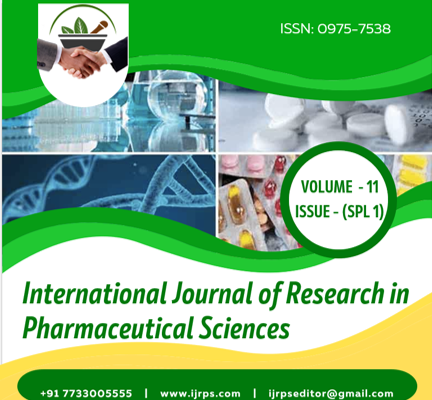Abstract
The Coronavirus disease (COVID-19) was declared as a pandemic as by the world health organization (WHO) in the mid-March of 2020. It is stated to be first recognized in china and has affected millions of people and many thousands are dead across several countries, affecting a majority of earth’s population. Exhaling activities like talking, (also coughing, and sneezing) of an infected patient is thought to be the cause of the spread of this disease transmitted commonly via respiratory droplets formed from these activities. As many cases affecting major areas have been identified with or without genuine travel history, a root for community transmission might have been conceivable. Broadly speaking transmission of COVID-19 exist by two modes—Direct and indirect. The direct mode incorporates transmission through aerosols formed by surgical and dental procedures or in the form of respiratory droplet nuclei, other body fluids and discharges, for instance, excreta, saliva, urine, semen, and tears; and from maternal-to-fetal. The indirect form of transmission includes: surfaces (e.g., furniture) also termed as fomites present within the prompt environment of an infected patient and, objects utilized on the infected individual (e.g. thermometer). A considerable lot of these modes discovered or undiscovered with evidence are overlooked, henceforth is requires to specify and delineate them. Although the literature may or may not mention these routes, it is important to emphasize them as it may help in prevention and treatment.
Full text article
Authors

This work is licensed under a Creative Commons Attribution-NonCommercial-NoDerivatives 4.0 International License.

